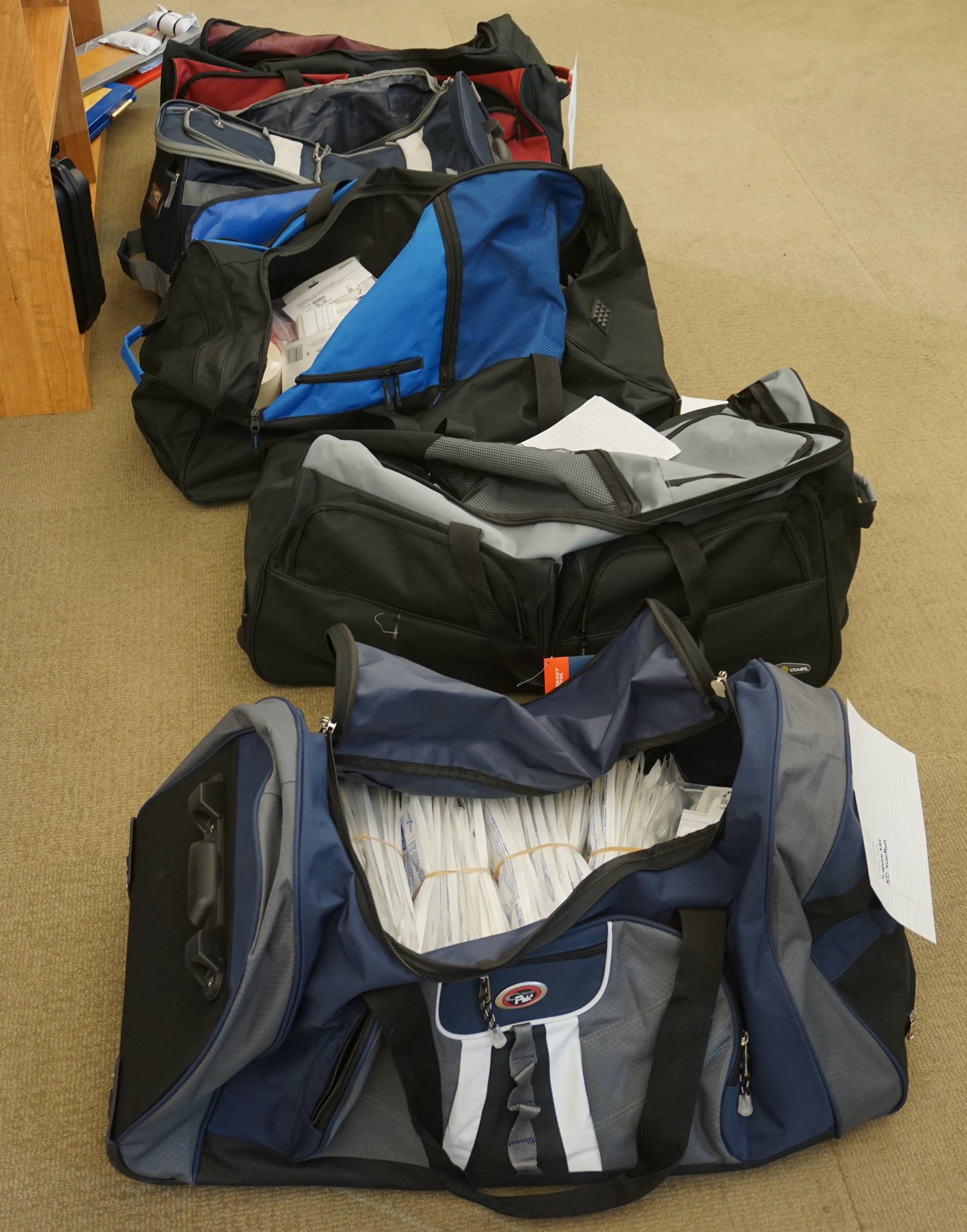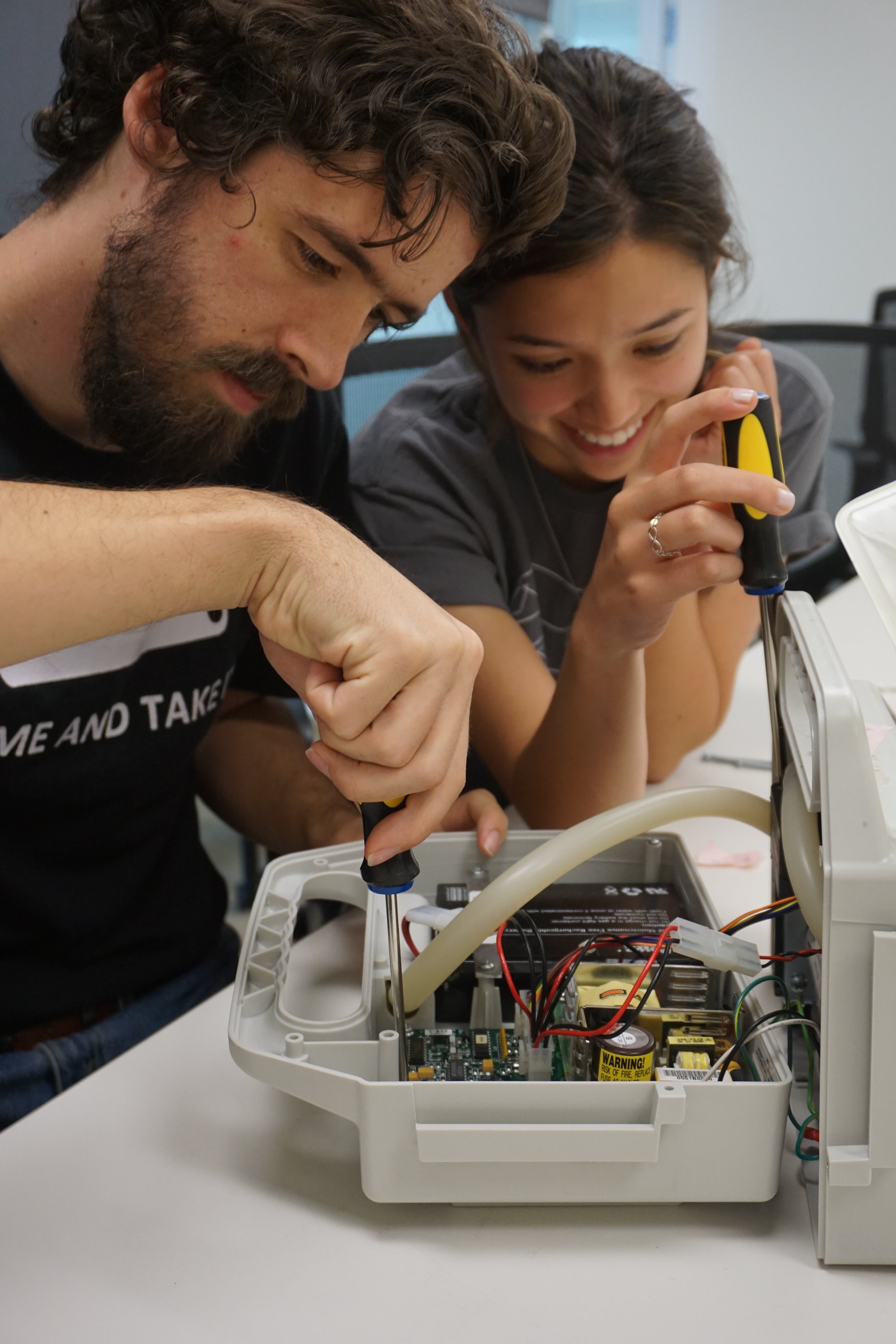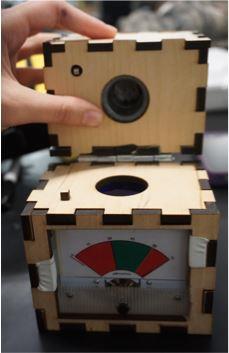Wheww…After a long couple of weeks preparing, we are almost ready to set sail. I don’t know if it will sink in until we are on the plane, but the closer we get to leaving, the more excited I am. Tomorrow I will be traveling with Carissa and Jacinta, and in a week, we will be joined by Aakash and Emily. Blantyre, Malawi doesn’t know what’s going to hit it.

(Duffle Bags packed with supplies)
But, you are about to find out.
Bioengineering Classes at the Polytechnic University
During our time in Malawi, one of my main projects will be a collaboration with professors at the Polytechnic University in Blantyre to develop two Bioengineering (BIOE) lab courses. Apparently, they have a fairly strong Electrical Engineering department, but are just starting out with a BIOE track and our goal is to bring some supplies and expertise. To be honest, when I first heard that we would be teaching classes, I was a little overwhelmed. In the past few weeks, however, my confidence has grown as we have worked with Dr. Ramos in the Rice Bioengineering department to develop our curriculum. Today, as we were packing the necessary supplies, I felt much more prepared. There will definitely be opportunities for me to be a student, but hopefully I have been equipped with enough information to become a teacher.

(Jacinta and I working on a Suction Pump for the Biomedical Instrument Repair Lab)
bCPAP Clinical Study
Another big project (that we know about so far) is travelling to local clinics and helping administer the clinical study for the bCPAP (bubble Continuous Positive Airway Pressure). In brief this device uses pumps to inflate the lungs of infants with respiratory distress, helping them to breathe when they are having trouble on their own. Along with bringing duffle bags full of needed supplies, our job is to train health care workers to use the bCPAP and run the study. One of the goals of this study is to produce data that will encourage public health officials to invest in the bCPAP as a tool for their countries. This initiative interests me greatly because not only is it such a great opportunity to fight neonatal mortality, but it is a great way to participate first hand in a clinical study. For pictures and more information on the Rice bCPAP, click here.
Technology Surveys
This past semester I had the chance to take GLHT 360: Appropriate Design for Global Health. Out of this class came several devices that were designed specifically for the developing world and we hope to showcase them in the hospitals and clinics we visit in Malawi to get feedback on how they can be improved. My team’s device, shown below, is called PhotoDose, and measures the intensity of blue light. Blue light phototherapy is used on infants with jaundice and is a simple method that breaks down the bilirubin in the infant’s blood. However, if infants receive too great a dose, they will be sunburned, while too low of a dose will be ineffective. Our PhotoDose will enhance patient care by telling the attending nurse of physician what dose the infant is getting. While still in its early stages, the valuable feedback we gain will lead to further advancements, getting it one step closer to implementation.

(PhotoDose)
Wish us a safe flight!